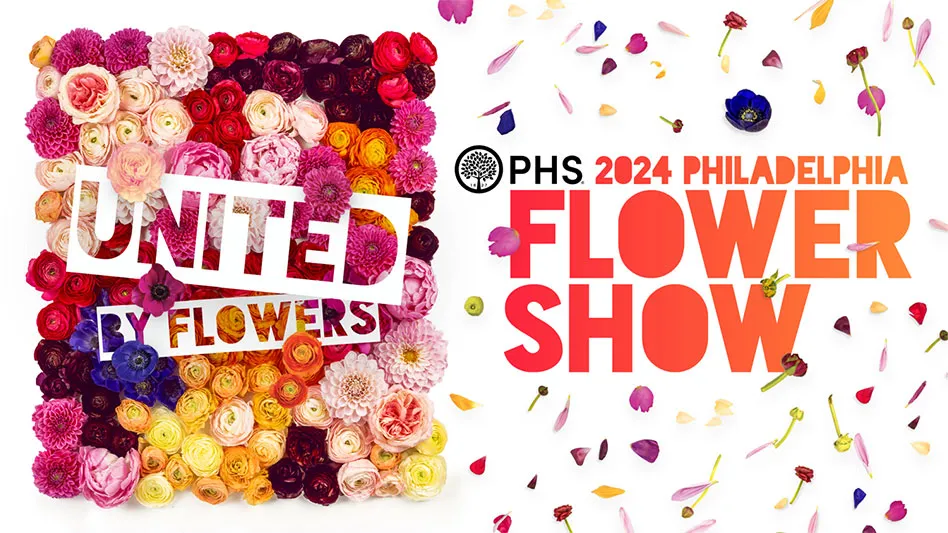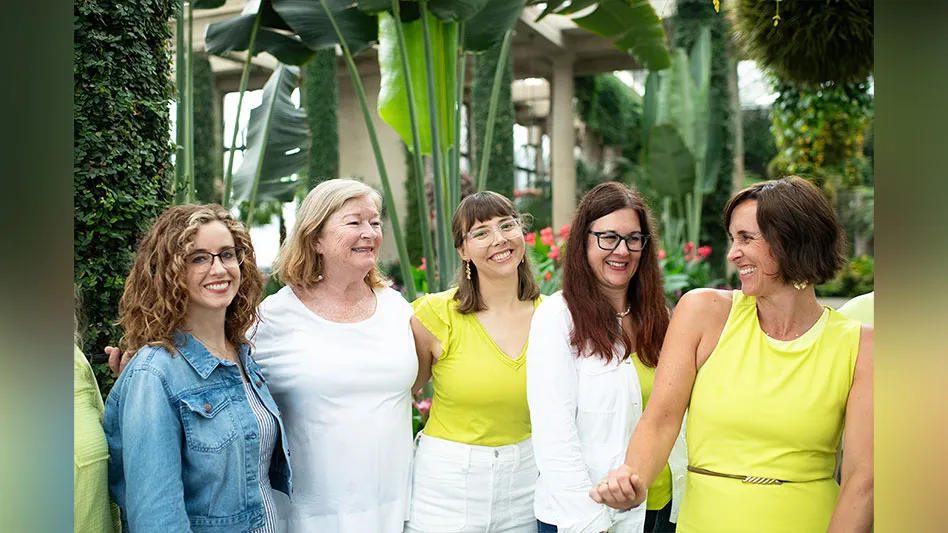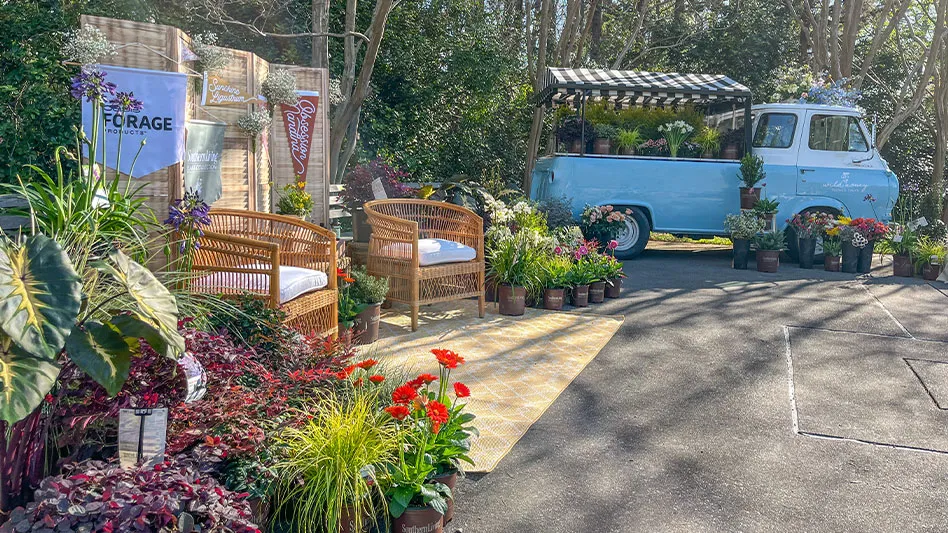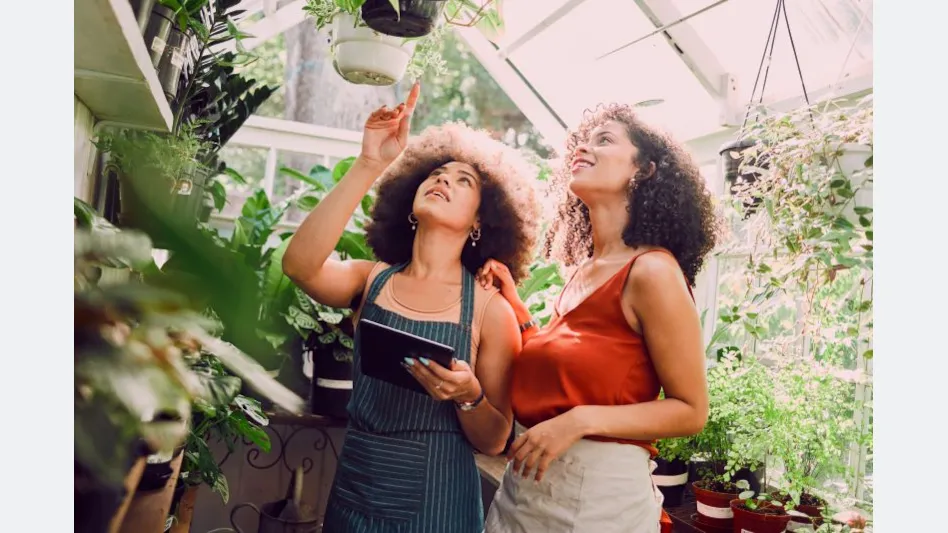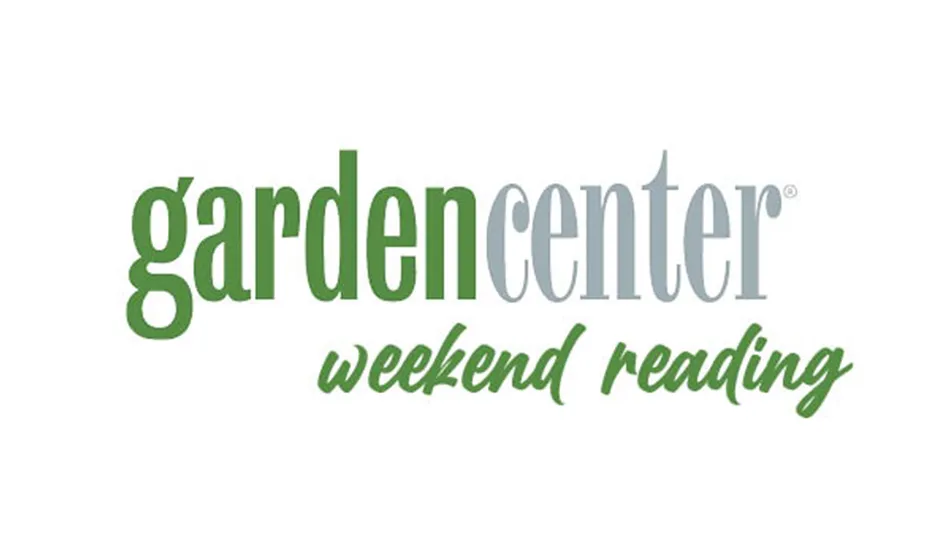

Kristy Taylor is on a mission to revitalize the notion of “green space,” and she’s doing it with the help of native plants. Her goal is to help regenerate North Carolina’s gardens one plant at a time.
“Lawns and yards don’t help any species of anything, even humans, because it’s all chemicals, seeding and re-seeding,” she says. “I’ve always been interested in helping the birds because this lack of green space doesn’t help anything or anyone. In reality, actual green space is parks and undisturbed land.”
Taylor Family Greenhouse is a one-woman operation Taylor runs on her home property in Monroe, North Carolina. Her love of plants and wildlife was instilled in her by her grandmother, leading to a lifelong crusade of beautifying neighbors’ gardens and landscapes with plants — especially natives.
“I tell homeowners all the time, if you could just add even a few native plants, it’ll really get the ball rolling to get back what we’ve lost,” she says.
In her experience, most customers aren’t aware of the benefits of native plants, and it’s an educational opportunity that garden centers and nurseries are poised to take. “I’ve been beating the drum for a long time. I’m really, really glad that it’s moving in the right direction and people are starting to understand the benefits some of these plants have,” she says.
Berry and the bird
Taylor is passionate about native and hybrid plants, which help sustain the local bird populations. She often encourages gardeners to incorporate coneflowers (Echinacea), lobelia (Lobelia spp.), wild blue phlox (Phlox divaricate), beautyberry (Callicarpa americana), buttonbush (Cephalanthus occidentalis), spicebush (Lindera benzoin) and Virginia sweetspire (Itea virginica) into their landscapes.
Mike Davidson, manager at Platt Hill Nursery in Carpentersville, Illinois, draws on his own experiences to entice customers to plant bird-friendly blooms. “With me being a birder and a plant guy, I am always pushing that in my sales with them,” Davidson says.
All of the plants at Platt Hill Nursery have a description card that lists their botanical names, and he says they’ll often include the plant’s bird-friendly merits.
“I sell a lot of coneflowers because yellow finches eat the seed pods out of those flowers, and as soon as I say that to people, they say, ‘Oh, I love those! I’m going to go get some!’”
Davidson is also big on educating customers about the benefits of crabapple trees. For example, crabapples are a vital food source for robins and other birds that return north in the early spring because they’re still too young to collect worms and other insects, he says.
Like Taylor, he also suggests customers plant viburnums as a way to attract birds to their yards, along with burning bushes (Euonymus alatus), chokeberries (Aronia melanocarpa), snowberries (Symphoricarpos albus) and serviceberries (Amelanchier spp.).
He’s also quick to point out that customers should not only think of food for the birds, but their habitats as well. Cardinals, the state bird of Illinois, are another selling point for Davidson.
“Cardinals like spruces, so they tend to nest in those. So I always push that when we’re talking evergreens. And of course, sunflowers are good for cardinals too. They love those,” he says.
Platt Hill Nursery, which has two locations in the Chicago suburbs, has a steady stream of birders. Davidson says he uses as much nature as he can when it comes to marketing the birding section for one simple reason: “Who doesn’t like watching the birds?”
At the same time, marketing with nature can be a helpful alternative when category staples like imported bird baths, houses and feeders are in short supply. Luckily, Platt Hill Nursery wasn’t severely impacted by supply chain issues. Reflecting on the past year, Davidson notes that birdbaths were the only category item they had trouble stocking.
“One of the key elements to make sure the birds are coming is some sort of water feature, whether it’s a pond, a bird bath or a little stream because the birds need something to drink. They’re looking for some shrubbery to hide in, trees to hide in, food and, of course, water.”
Even if birdbaths are in short supply, customers can set a water bowl outside for them because it will increase the chances of attracting them into the yard, he says.

Highlight hummingbirds
At the beginning of the pandemic, Taylor created hummingbird and butterfly kits and spread the word on Facebook. She even sweetened the deal and offered free delivery as long as the customers were in the county. The next day, she had 95 messages from interested customers.
“I was really, really scared in February that nobody would shop. I made butterfly and hummingbird kits containing 10 or 15 different plants and how many square feet approximately that you would need. I tried to do full sun and some with shade. It really went over well,” she says.
She’s also careful not to neglect the region’s other winged creatures and is especially partial to butterfly milkweed (Asclepias tuberosa). Because of the declining Monarch population, continually educates customers about its usefulness in the garden.
“It’s the sole food source for the Monarch butterfly caterpillar. It’s the only plant they lay their eggs on and the only food the caterpillars eat,” Taylor says.
Davidson notes that if customers want to draw these fast-flitting birds to their yards, they need to plant something with a nectar spur. He usually recommends salvias, particularly red saliva, because it attracts their attention. Black and blue salvia has probably become the most prominent annual that people know about — hummingbirds love it, he says. He also notes that petunias, calibrachoas, cannas and hostas are good ways to attract hummingbirds. For shade, he recommends customers go with fuchsias. Finally, If customers want a more tropical look, they can opt for hibiscus or flowering maples (Abutilon spp.).
“Everything I plant at home is pretty much geared toward the hummingbirds,” he says.

Native vs. hybrid
At Taylor Family Greenhouse, most flowers are grown from plugs, while herbs and vegetables are grown from seed. In the future, she hopes to expand with native seed packets and offer crafted soils and classes on native plants. While Taylor’s primary goal is to spread awareness about the benefits of native plants, she sells hybrids as well. Both are excellent attractions for birds and other wildlife.
At Platt Hill Nursery, natives are right next to the hybrids, but more often than not, customers prefer hybrid plants.
“I’ve been here 27 years, and every five years it seems like there’s a push for natives. But other than grasses, natives don’t really sell. Some have pointed out that they look like weeds,” Davidson says. “The flowers aren’t as full and colorful as the hybrids.”
Customers often come in looking for natives and walk out with hybrids for this reason. Luckily, it’s not a “native versus a hybrid” situation, he says. The beauty of the garden is that these plants can exist in harmony while sustaining wildlife. Instead, it’s all about balancing the customers’ needs and showing them all of their options, he says.
“Hybrids are still good pollinators. They attract the bees and some of the other guys to help pollinate everything else that’s going on around there,” he says.
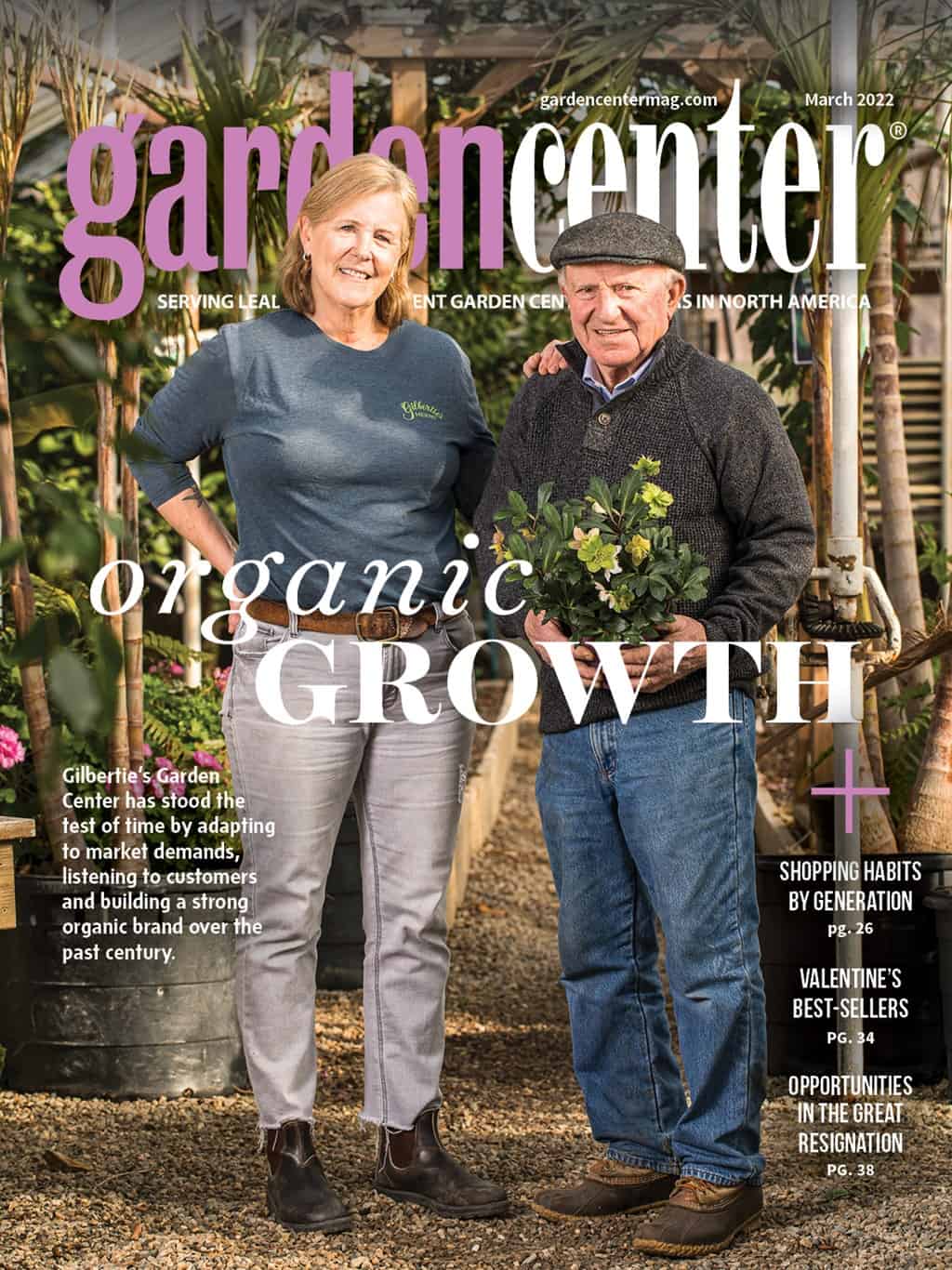
Explore the March 2022 Issue
Check out more from this issue and find you next story to read.
Latest from Garden Center
- Proven Winners introduces more than 100 new varieties for 2025
- Weekend Reading 5/10/24
- The Family Business, Part 2: Agreeing (and disagreeing) on capital investments
- Registration opens for Darwin Perennials Day
- Weekend Reading 5/3/24
- Weekend Reading 4/26/24
- Smith Gardens assumes operations of Skagit Horticulture
- Beneficial insect sachets now included with Monrovia mandevilla
